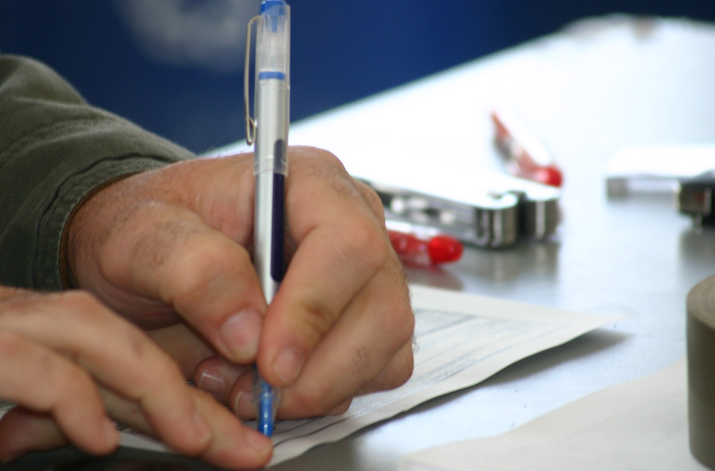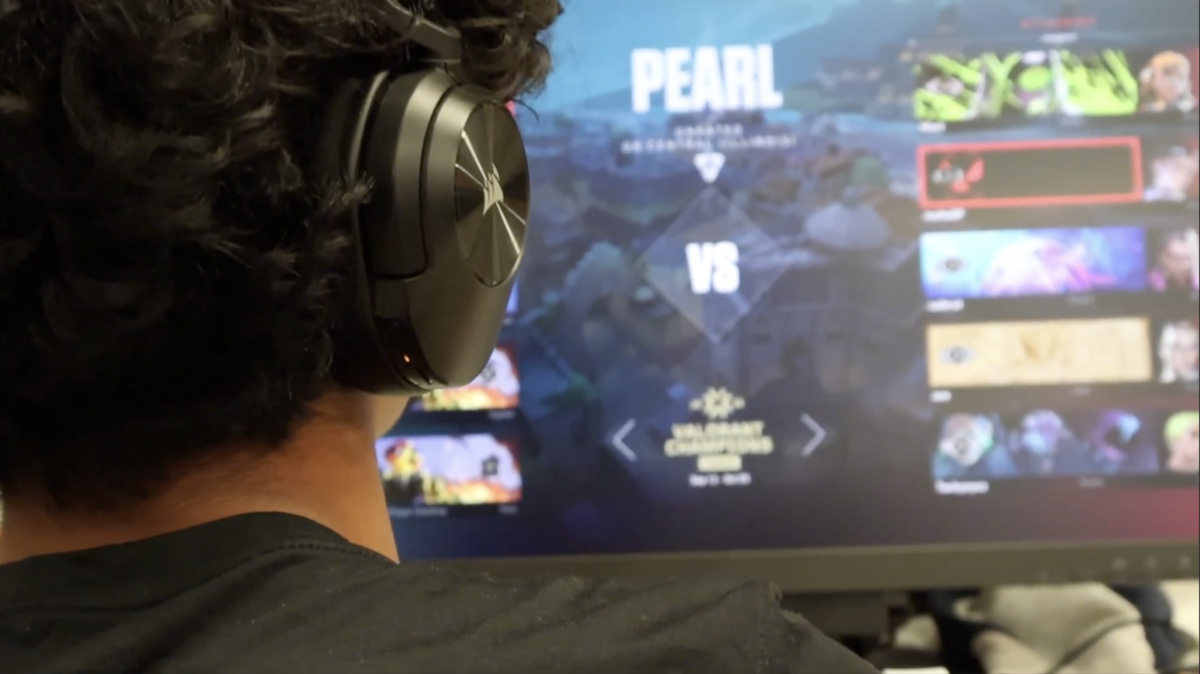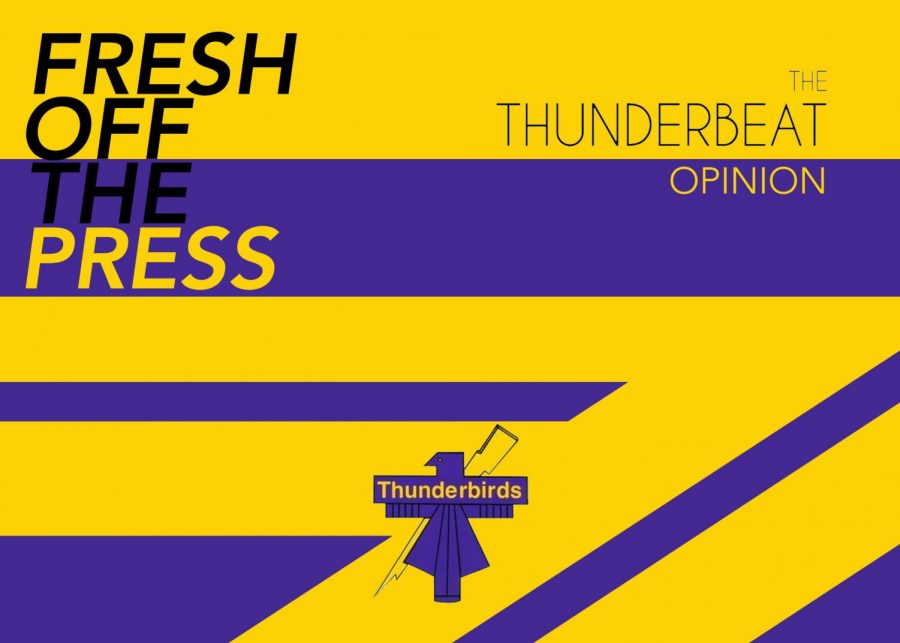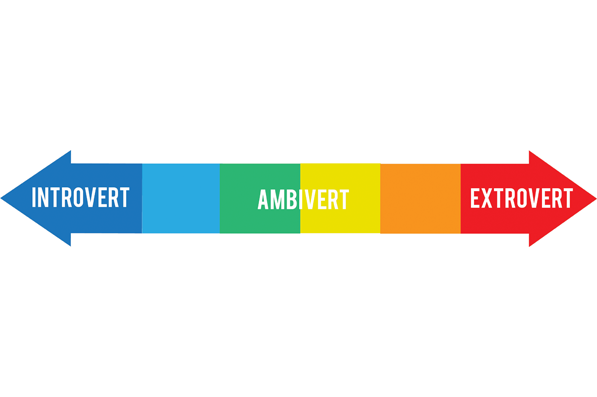
Really, the two tests are too different to be compared. Students should figure out what kind of student they are, their strengths and weaknesses, and then choose which test to take based off of that.
Which test you took used to be a matter of geography; students on the East Coast took the SAT, while students in the Midwest and on the West Coast took the ACT. But those stereotypes are changing, with the number of ACT on the East Coast rising 66 percent and the number of SAT on the West Coast 46 percent in the last five years according to ACT Inc.
The SAT lasts 3 hours and 45 minutes, testing reading comprehension, writing, and math. It bounces back and forth between the subjects, with 10 sections of lengths varying from 25 minutes to 10 minutes. It also includes an essay based off a hypothetical, idea-based prompt. Each subject is scored on a scale of 200-800, for a total perfect score of 2400.
On the SAT, the math section tests more simple subjects like basic algebra and geometry. The only reason this math challenges test-takers is because the questions are complex and nuanced, designed to trick and test essential knowledge. Likewise, the reading section tests simple comprehension and vocabulary knowledge with convoluted questions. In general, the SAT aims to test reasoning and problem-solving skills.
Wrong answers on the SAT are penalized by a 1\4 of a point removal, so unless you can confidently eliminate one or more answers, it’s better just to leave those vague, iffy questions blank. There’s no penalty for omitted answers.
Reading comprehension, writing, and vocabulary skills play more of a role in the SAT, so students with the skills will likely perform better on the test. Also, if you want to avoid any science content or more advanced math concepts like trigonometry, the SAT is definitely the test to take.
The SAT will be changing in 2016, but this shouldn’t really change student’s decisions. The essay will be optional, and vocabulary will be slightly less of an emphasis, but the test will still play to the same type of skills. Freshmen who will take the new test should approach their decision about the SAT vs. the ACT in mostly the same way.
In contrast to the SAT, the ACT lasts 2 hours and 55 minutes. It contains four long sections that are always in the same order: English, math, reading, and science. An optional essay based off a topic relevant to a high school student comes at the end if you choose to take it. Each section is scored from 1-36 and the average of those four numbers determine the final score.
Unlike the SAT, the curriculum is more like a typical high school test. It asks more straightforward questions that test basic knowledge of essential topics. The math section covers a wider variety of topics, with the occasional trigonometry or imaginary numbers question. The ACT’s questions, though, aren’t intended to trick you; they look for the clear-cut answers to unambiguous questions.
On the ACT, test-takers earn one point for each correct answer. There’s no penalty for wrong answers, so it’s always best to guess on the ACT, even if you’re frantically filling in bubbles in those last 10 seconds. At least you have a 1 in 5 chance of getting that point.
The science section requires little actual science knowledge, but science-lovers will understand the passages better and likely perform better. Also, the essay is optional, but many colleges require it, so choosing the ACT over the SAT because of the optional essay doesn’t mean much in the end. If you have a shorter attention span, the ACT is a good option for you. The overall time is shorter, and the test flies by much faster because of the way the sections are divided up.
On the SAT, the real challenge comes in the questions, figuring out exactly what the question is and how it relates to basic concepts. However, on the ACT, the time crunch definitely feels stronger. The hardest part is answering all of the questions within the outrageously short amount of time given. Being better at thinking critically or performing quickly can help predict which test you’ll do better on.
The tests play to different strengths, and students should base their testing decisions off of personal abilities. Taking only the ACT because that’s what all your friends are taking limits your possibilities. Getting to know your personal strengths is the best way to determine which test is best for you as an individual.
Students should most of all be open to taking either or both exams. Figuring out personal strengths and applying them to the testing decision will make those early Saturday mornings and infinite scantron bubbles worth it, since you’ll be on your way to the highest score you as an individual can achieve.
Julia Palomino
Reporter



















